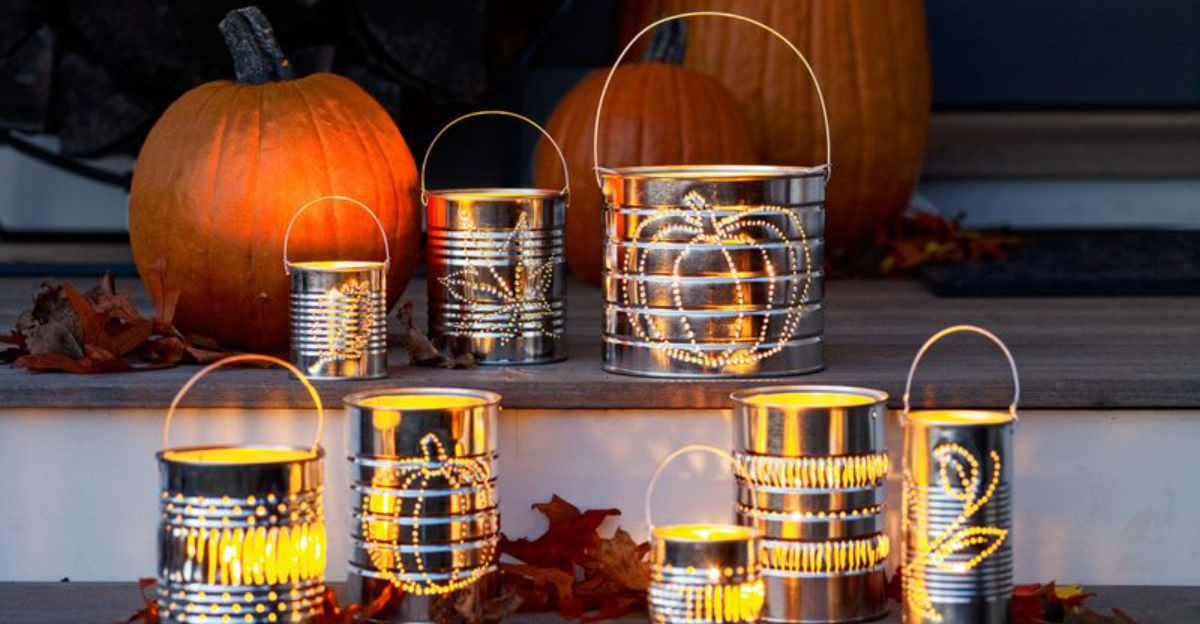Ever glanced at your recycling bin and seen potential instead of trash? Hidden within everyday discards lies a world of creative possibilities for your home.
Transforming waste into wonder isn’t just good for the planet—it’s a chance to infuse your living space with personality that mass-produced decor simply can’t match.
1. Bottle Cap Constellation Wall
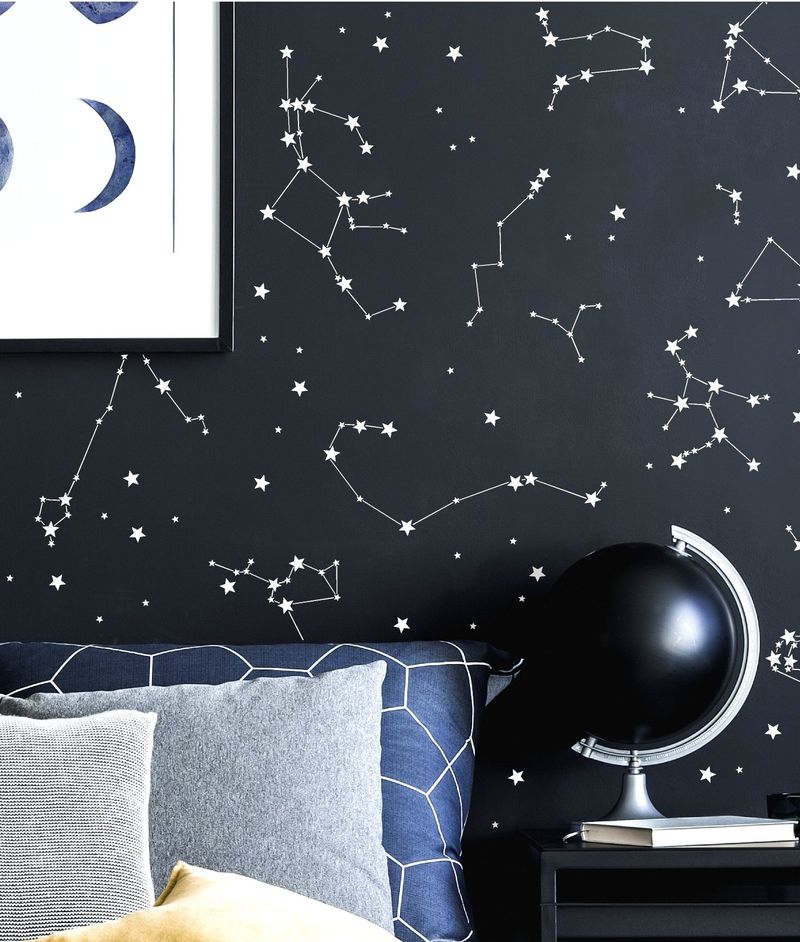
Metal bottle caps become stars against midnight-blue paint, mapping actual constellations across bedroom walls. The caps catch light differently throughout the day, shifting from dull aluminum to bright silver as the sun moves.
Some caps still whisper the names of forgotten drinks, while others have gone anonymous with age. When arranged in celestial patterns, what once sealed beverages now opens imaginations.
2. Spoon Handle Curtain Pulls
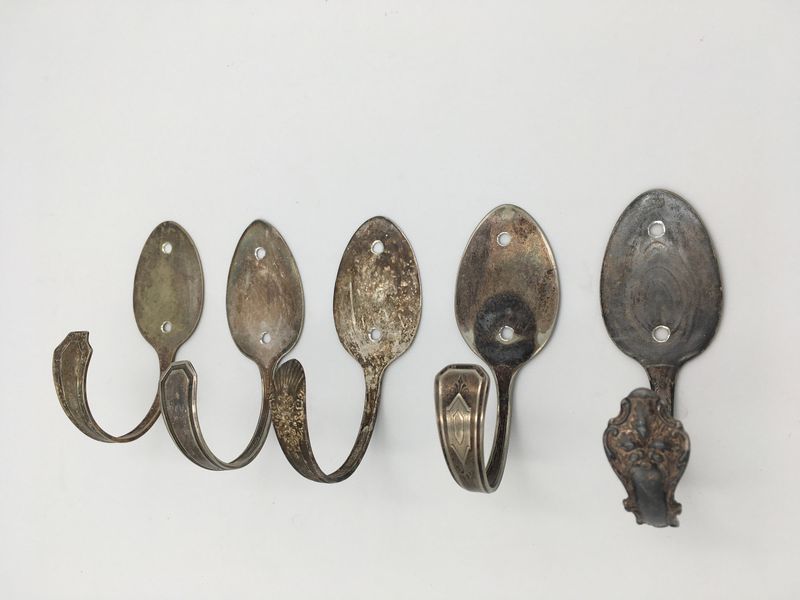
Old silverware bends to new purpose when vintage spoon handles transform into elegant curtain tiebacks. Bent gently into curves that capture fabric without pinching, the tarnished silver creates unexpected glamour against window treatments.
Mismatched patterns tell stories of different dinner tables now united. Family initials engraved decades ago become secret signatures in plain sight, turning mundane window dressing into conversation pieces.
3. Bicycle Chain Picture Frames
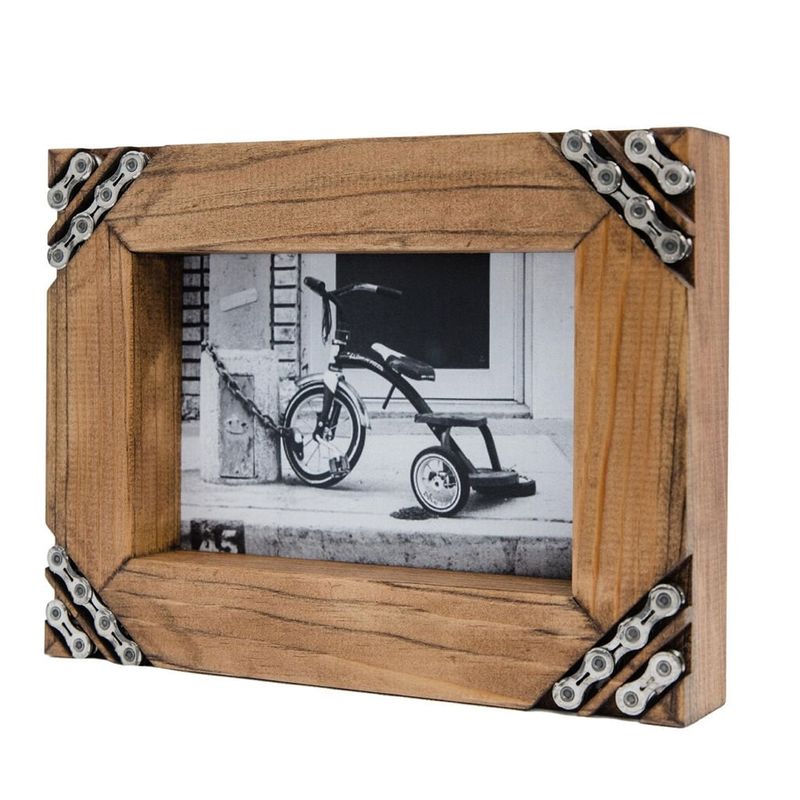
Discarded bicycle chains, cleaned of grease and linked into squares or rectangles, create industrial-edge frames for family photos. The metal links contrast beautifully with soft portrait subjects, adding mechanical precision to organic memories.
Chain segments of different sizes create depth and texture. Mounted on wood backings and secured with small welds or wire, each frame transforms mechanical waste into a gallery-worthy display that pedals between art and function.
4. Wine Cork Garden Markers

Wine corks stand tall among herb sprouts, marked with plant names in permanent ink. Split lengthwise and mounted on garden stakes, their natural water resistance defies soil and rain while bringing vineyard memories to vegetable patches.
Each cork carries faint purple stains from its previous life. The porous texture weathers gradually outdoors, aging gracefully alongside growing plants—both transformations happening in parallel, cork and seedling changing together through seasons.
5. Broken Record Bowl
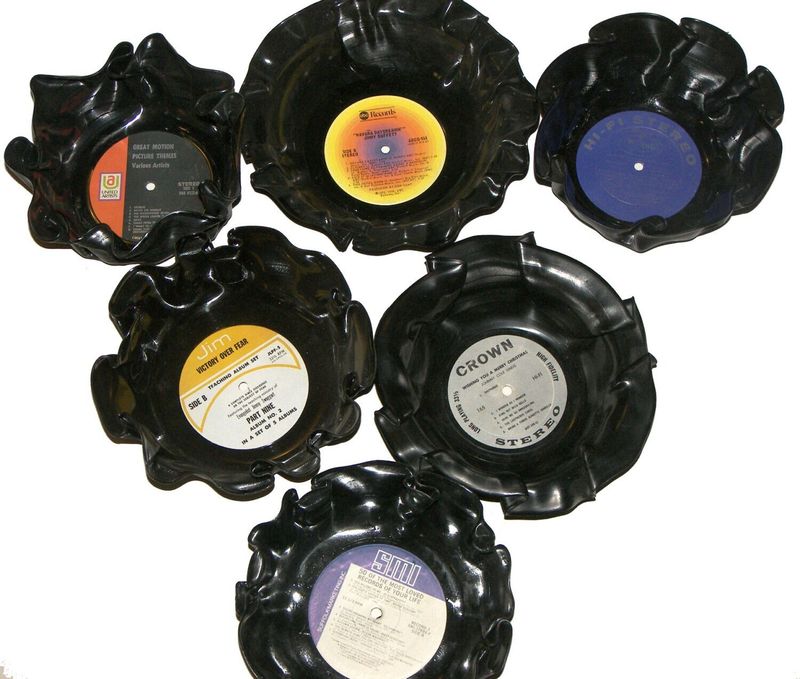
Vinyl records warped beyond playing become sculptural vessels when heated and molded over oven-safe bowls. The label remains visible at the bottom, preserving musical ghosts beneath fruit or keys.
Small cracks add character rather than flaws. What once spun stories through sound now holds physical objects instead. Particularly meaningful when crafted from albums with personal significance—songs silenced but memory preserved in new, tangible form.
6. Lightbulb Terrariums
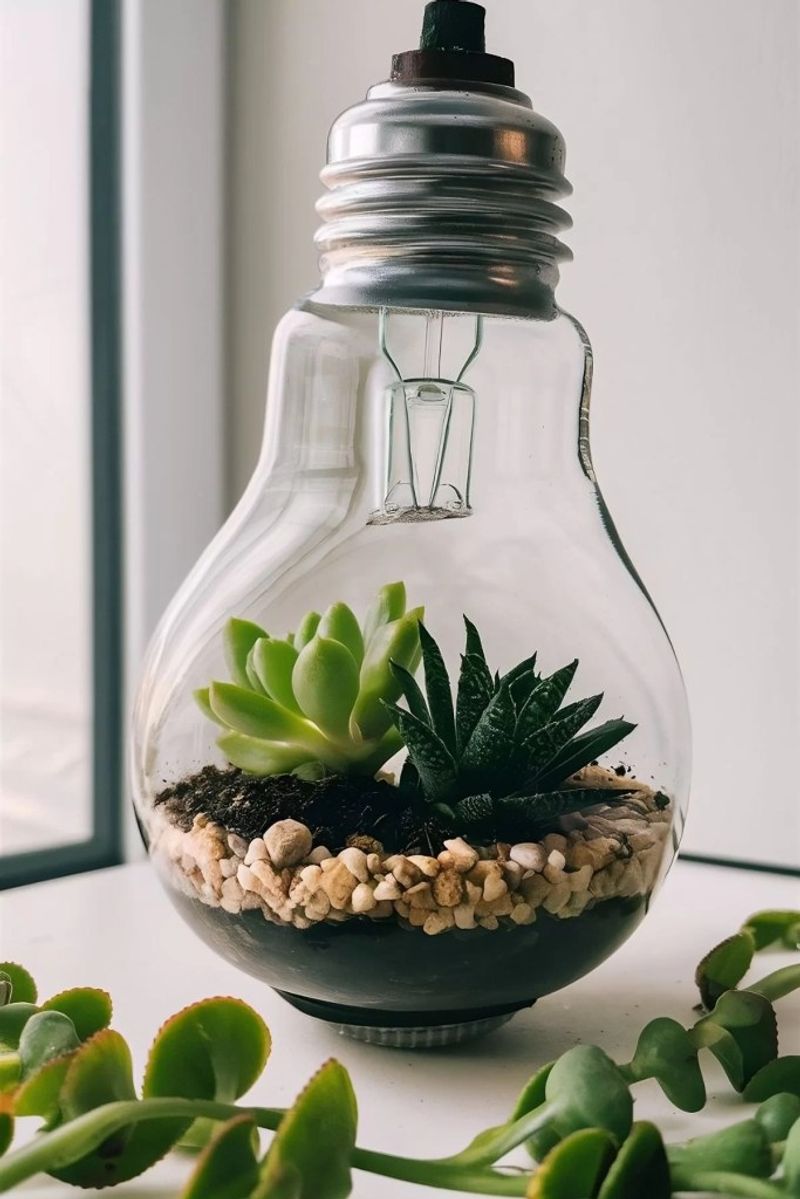
Burnt-out incandescent bulbs, hollowed carefully and filled with tiny succulents, become hanging gardens of unexpected delicacy. Glass that once generated light now filters it instead, creating miniature ecosystems suspended from copper wire.
The metal base provides perfect drainage holes. Moisture beads inside the glass like morning dew, magnifying tiny plant details. A graveyard of electrical failure transforms into a nursery of green life.
7. Book Spine Wallpaper Border
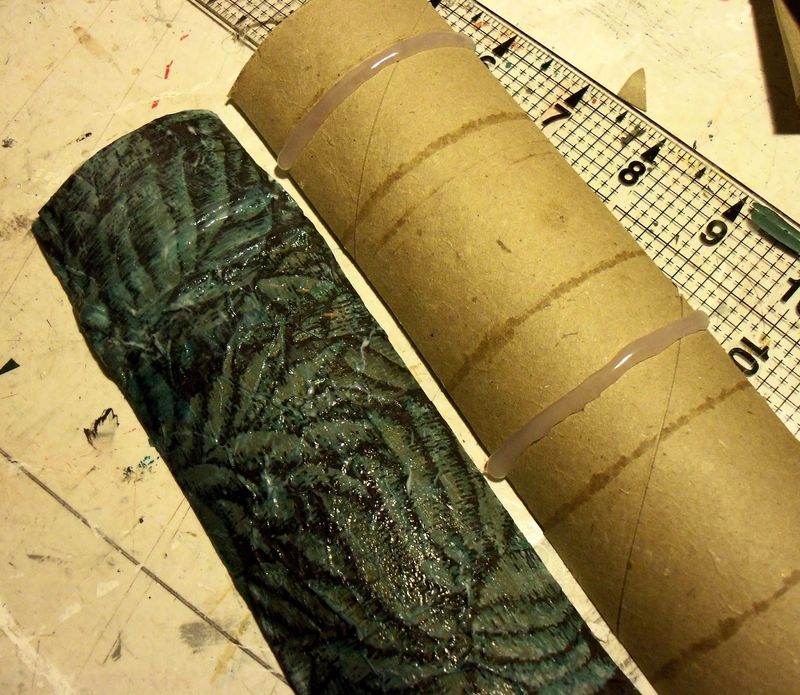
Damaged books beyond repair donate their spines to create literary borders along walls. Arranged in color gradients or thematic groupings, the spines create a textured stripe of stories encircling rooms.
Gold embossing catches light differently from matte cloth covers. Authors who never met in libraries now live side by side permanently. Reading becomes architectural—words building walls instead of worlds, yet somehow doing both simultaneously.
8. Tin Can Luminaries
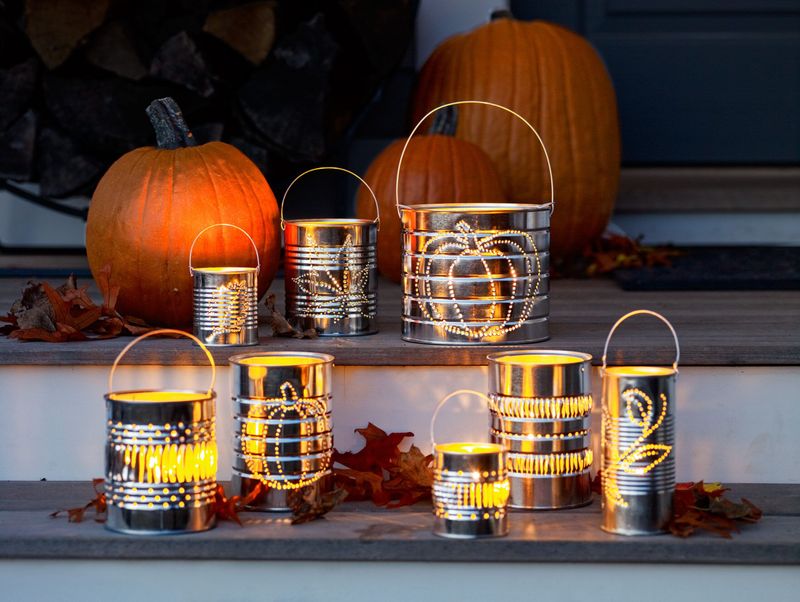
Food cans, punctured with patterns using nails and hammers, transform into lanterns that cast constellations across dark rooms. The industrial metal, once containing beans or soup, now contains only light.
Rust might bloom around holes over time, adding warmth to the patterns. Handles attached with wire allow hanging from trees or porch beams. When candlelight flickers through the perforations, walls dance with shadows that grocery stores never imagined.
9. Denim Pocket Organizers
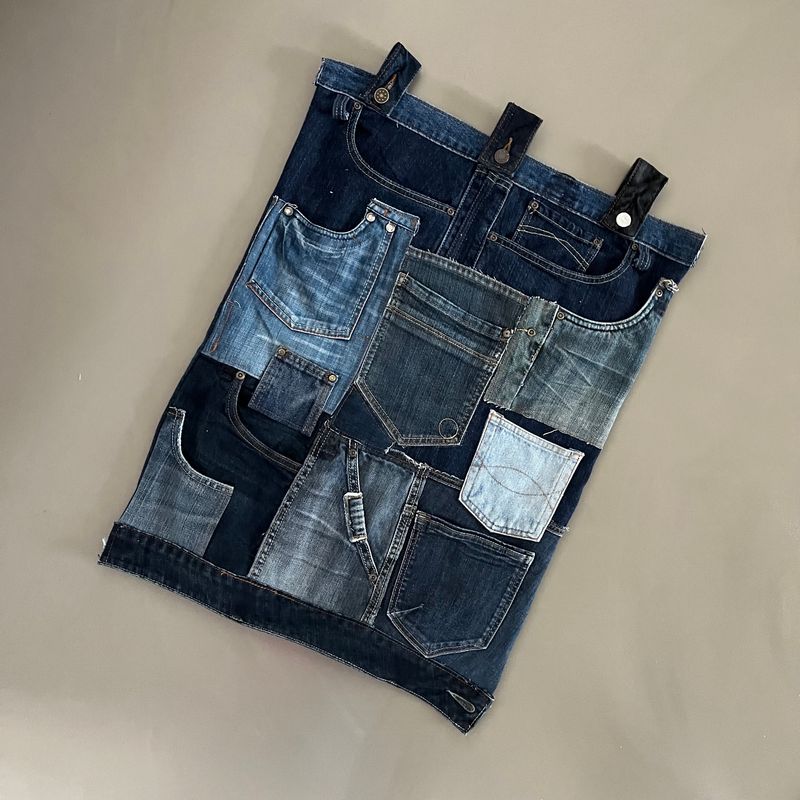
Jean pockets, severed from worn pants and stitched onto canvas backing, create wall-mounted storage that’s both nostalgic and practical. The faded blue rectangles hold everything from mail to spare keys, their sturdy construction perfect for daily use.
Belt loops become hanging points. Rivets and stitching patterns tell stories of previous owners and adventures. Multiple washes and wear patterns create an unintentional color palette—indigo geography mapping years of movement.
10. Ladder Bookshelf
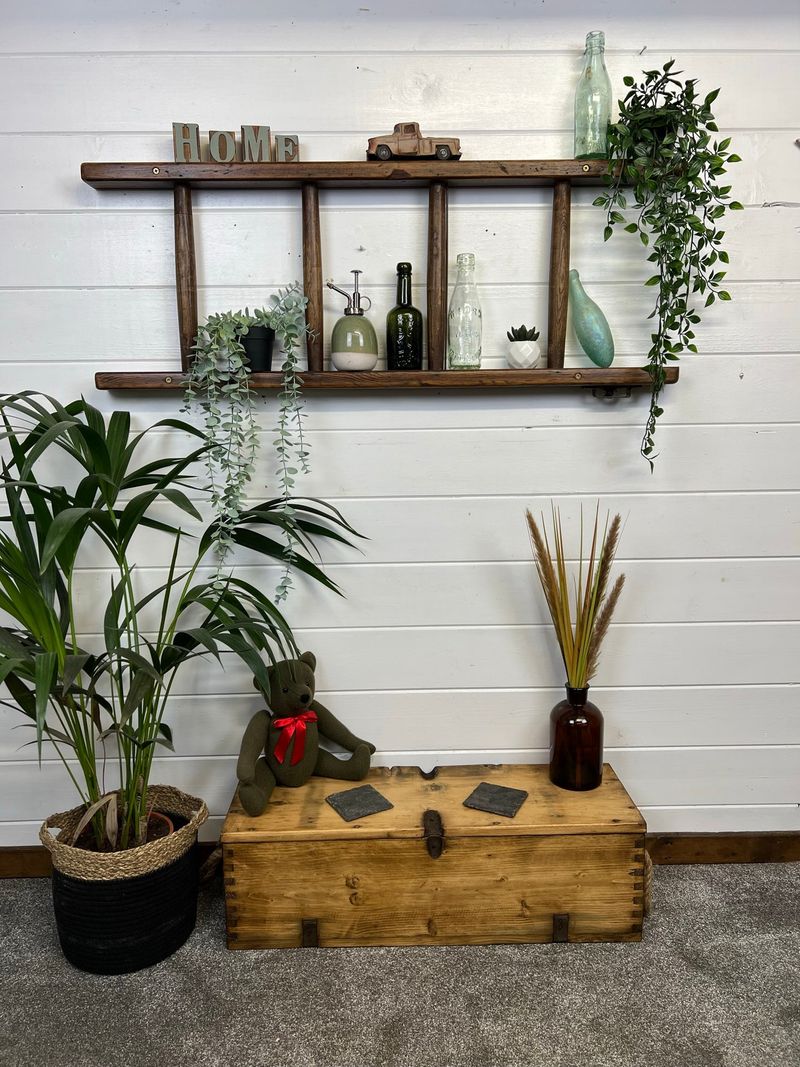
An old wooden ladder, laid horizontally and mounted to walls, becomes floating shelving with built-in character. Each rung supports a different category of books, plants, or mementos, while the side rails provide structural integrity.
Paint chips and worn spots remain untouched as badges of previous labor. The ladder doesn’t climb walls anymore—it defines them. What once helped people reach heights now helps objects find purpose at eye level.
11. Piano Key Coat Rack

Salvaged ivory and ebony keys from beyond-repair pianos transform into linear coat hooks when mounted on reclaimed wood. Black and white rectangles jut outward at perfect angles for hanging jackets, scarves, and hats.
The keys remember fingers that once pressed melodies from them. Music becomes functional in silent ways. Particularly poetic when installed in hallways where people enter and exit—a visual reminder that comings and goings have rhythm too.
12. Teacup Bird Feeders
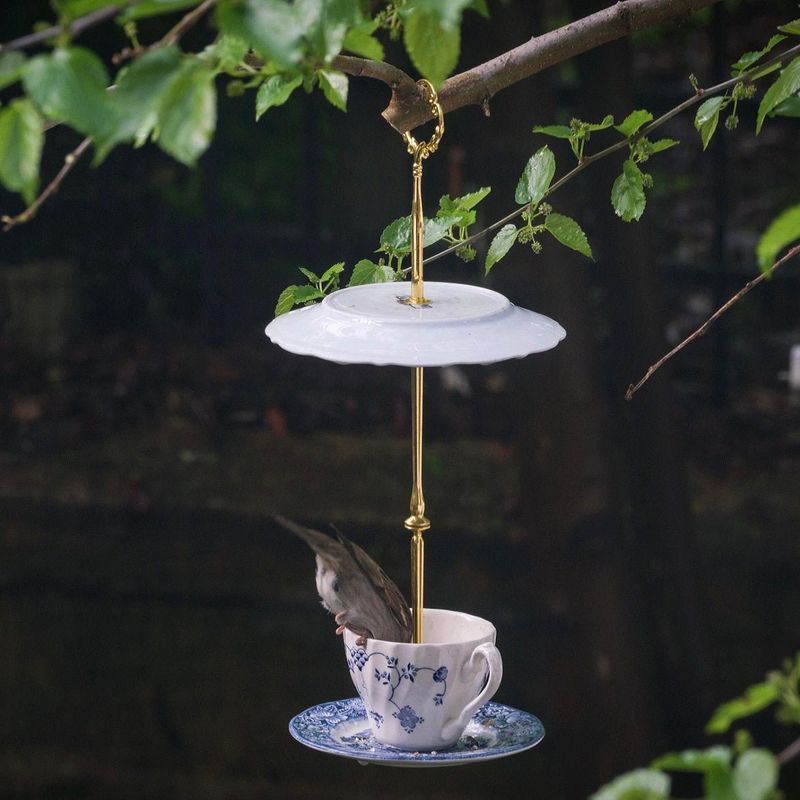
Chipped teacups and saucers, deemed too damaged for entertaining guests, find new purpose suspended from tree branches. Filled with birdseed instead of Earl Grey, the porcelain vessels attract feathered visitors who perch on delicate handles.
Rainwater collects in saucers between feedings. Floral patterns that once accompanied human conversation now witness bird chatter instead. The china that grandmother declared too precious for children now serves wildlife with aristocratic elegance.
13. Map Drawer Liners
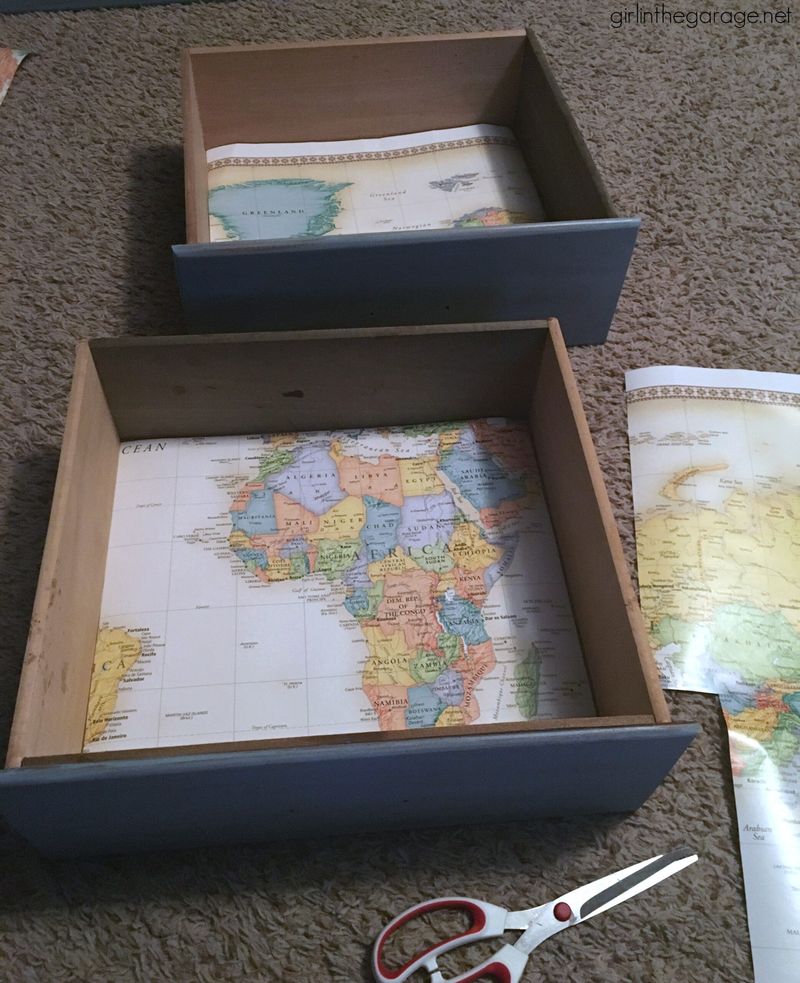
Outdated atlases and road maps line drawer bottoms, adding unexpected geography to everyday storage. Opening kitchen or bathroom drawers reveals continents and countries beneath silverware or toiletries—silent travel beneath domestic items.
Particularly meaningful when maps show places with personal connections. Laminated to prevent tearing and water damage, the paper guides that once directed journeys now guide organization instead. Rivers and roads create colorful backgrounds for mundane objects.
14. Broken Plate Mosaic Tabletop
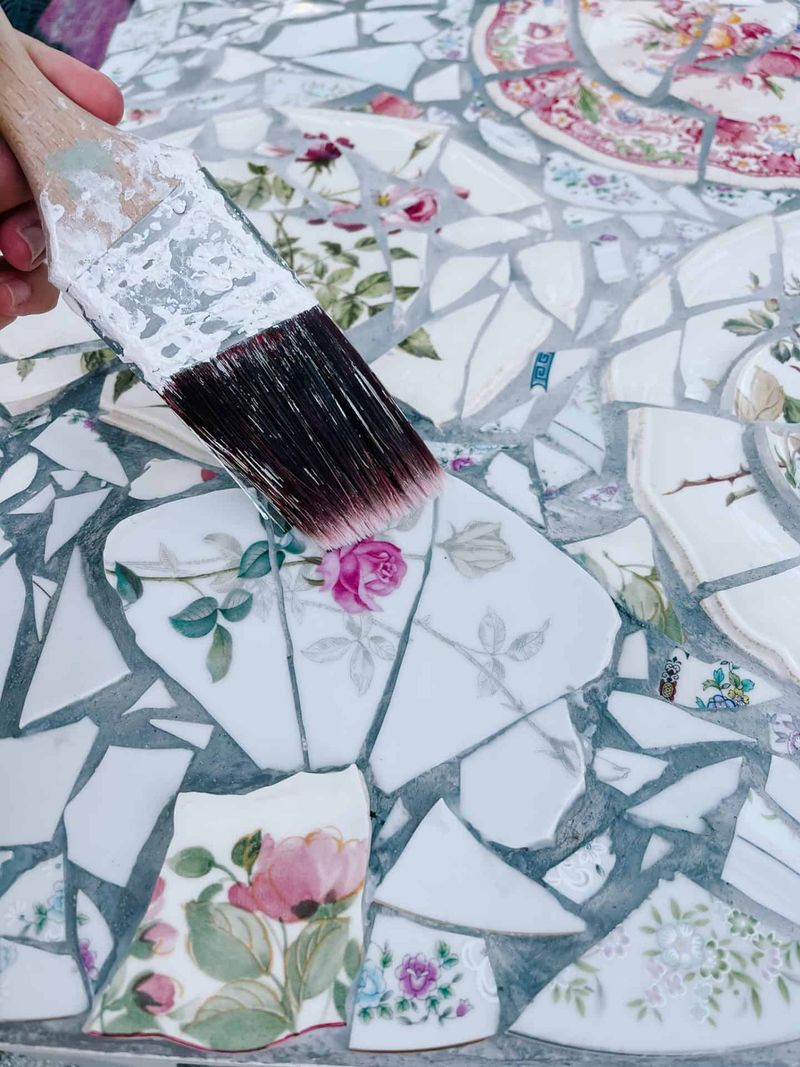
Shattered dishware finds redemption when arranged in mosaic patterns atop worn tables.
Plates that slipped from hands become permanent decoration, their curved fragments creating flowing designs impossible with flat tiles. Family patterns mix with thrift store finds. Pottery once deemed perfect now proves more beautiful in pieces.
15. Egg Carton Acoustic Panels
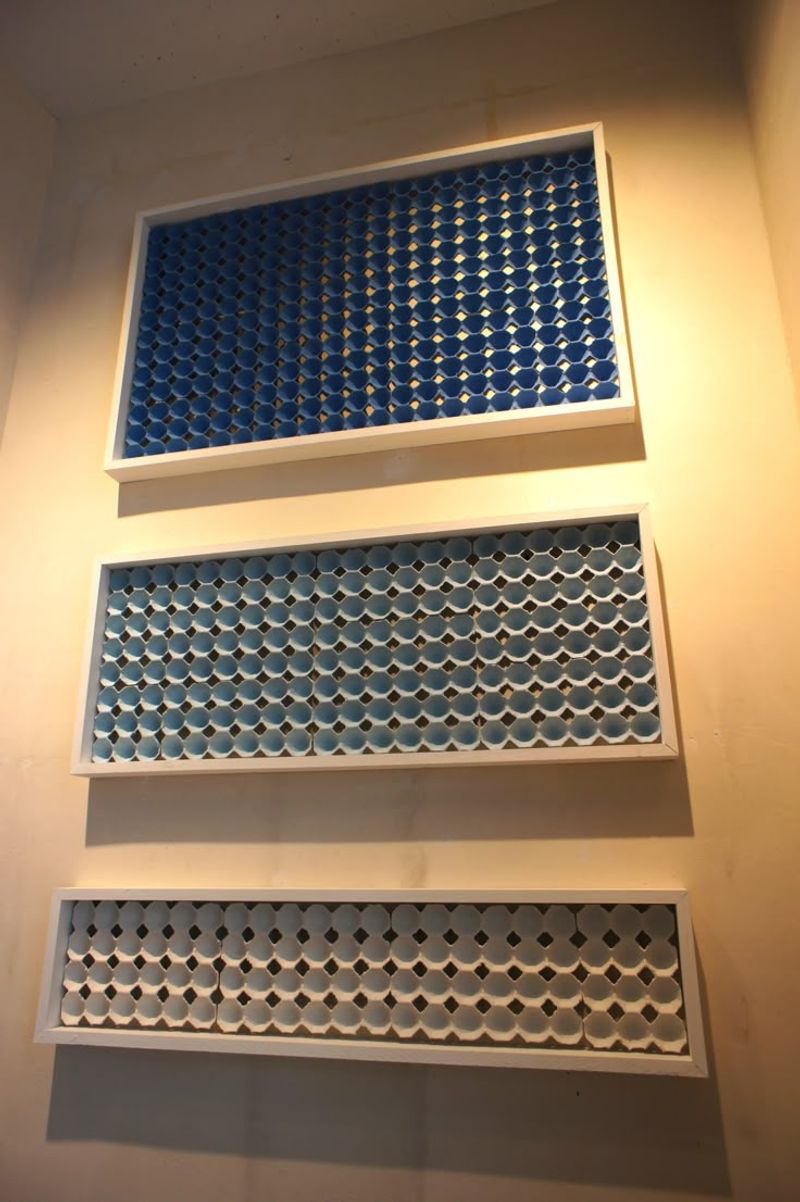
Cardboard egg containers, collected and painted in monochromatic shades, transform into sound-dampening wall art when mounted in grid patterns. Their cellular structure naturally absorbs echo and creates dimensional texture across flat surfaces.
Painted in ombré gradients or geometric color blocks, the humble packaging becomes architectural. Sound waves that once bounced now get caught in cardboard valleys. Music rooms and home offices gain acoustic improvement wrapped in unexpected visual interest.
16. Wire Hanger Chandeliers
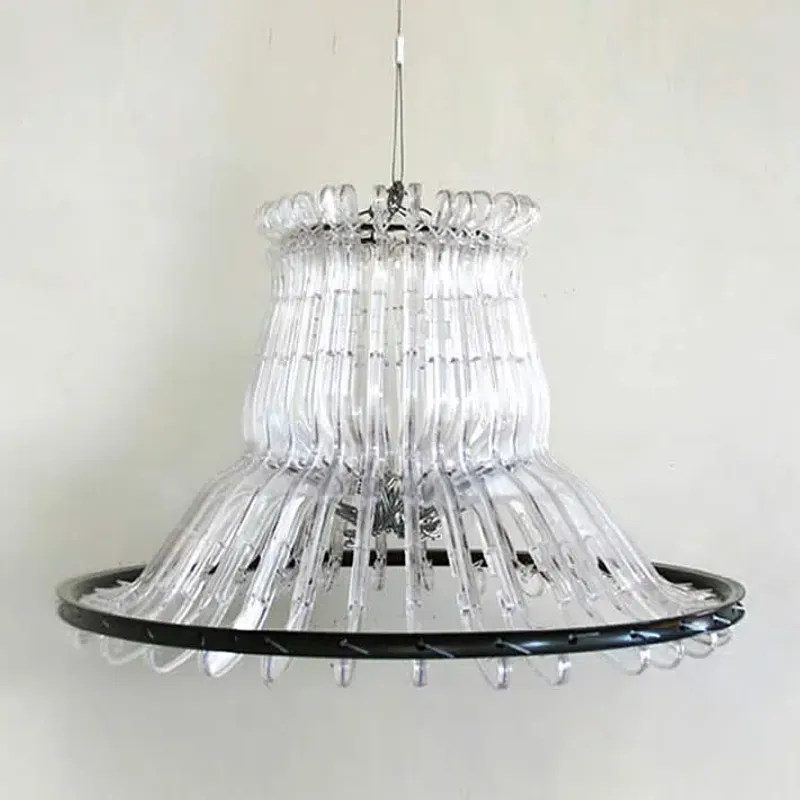
Dry cleaner hangers, unwound and rewoven into spherical forms, become airy pendant lights when wrapped with string lights or fitted with bulb sockets. The skeletal metal structures cast fascinating shadow patterns across ceilings and walls.
White paint unifies disparate wire shapes. What once held shirts now holds illumination. The transformation feels especilly rebellious—taking the most mundane, often discarded object and elevating it to the most prominent ceiling position.
17. Drawer Pull Jewelry Organizer
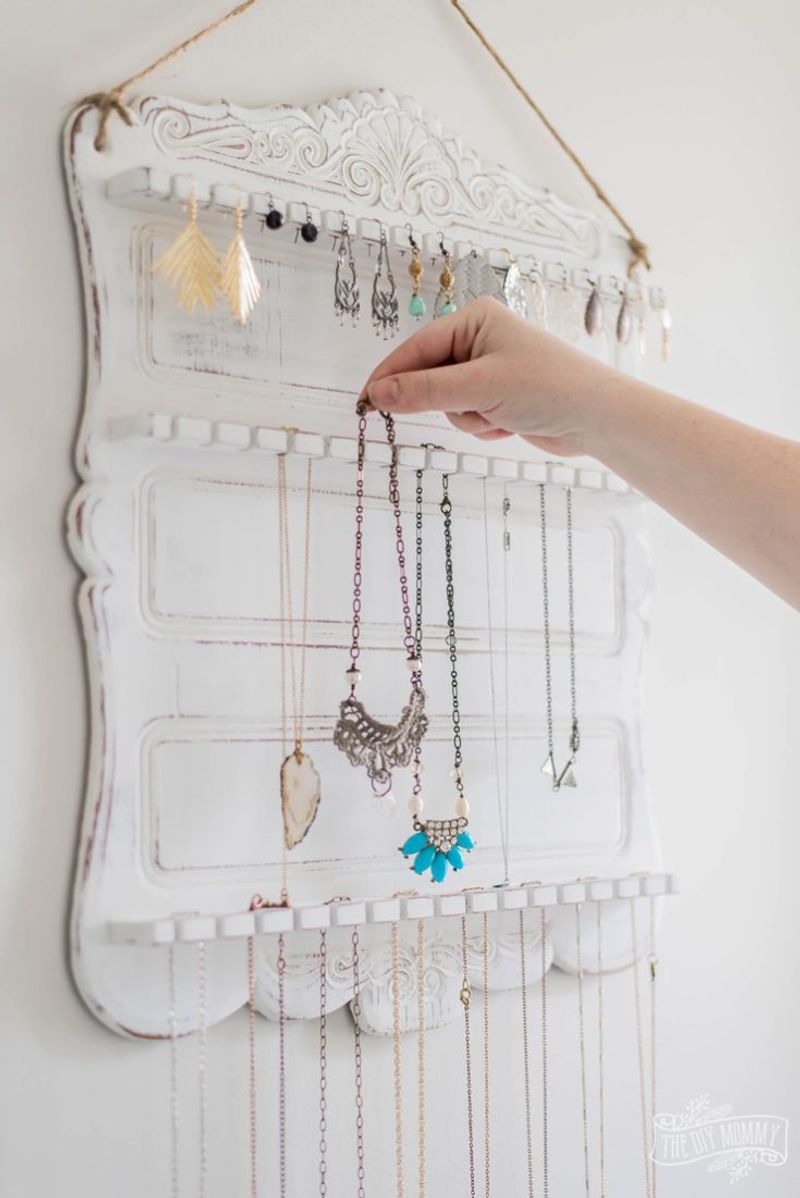
Mismatched cabinet handles and knobs, mounted in rows on framed wood, provide perfect hooks for necklaces and bracelets. The hardware that once opened drawers now displays treasures instead of hiding them.
Vintage glass knobs hold special pieces. Porcelain, brass, and wooden pulls create textural variety across the board. Each handle’s unique shape determines what jewelry it best accommodates—form following function in reverse, as objects designed to be gripped become designed for display.

